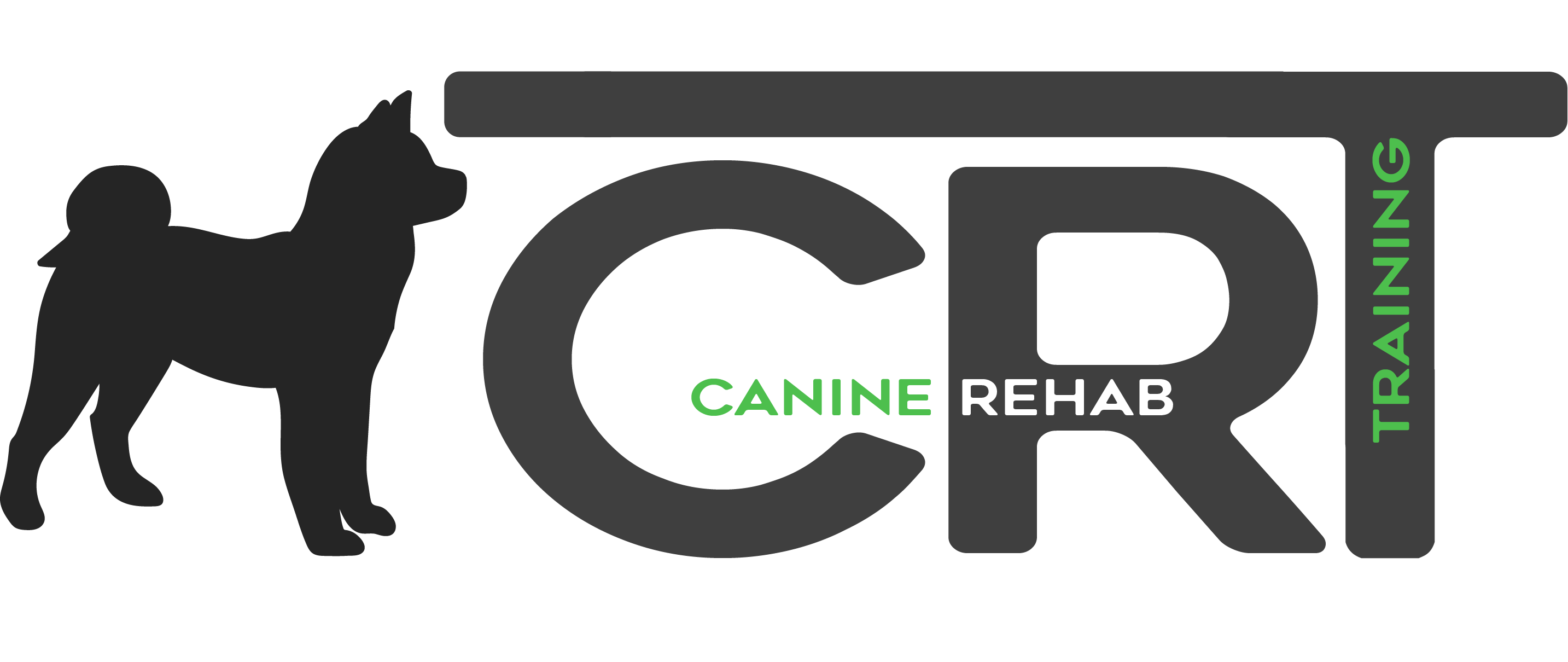Importance of Personalized Dog Training
Tailored Training: Unlocking Your Dog's Full Potential
Imagine this: You’ve just adopted the most adorable furball, full of energy and love. But as the days go by, you realize that your new best friend has some habits that need a little… let’s say, refinement. Whether it’s excessive barking, jumping on guests, or chewing up your favorite slippers, you know you need to take action. But don’t worry, you’re not alone! At CRT K9, we believe that the key to a well-behaved, happy pup lies in personalized dog training.
You see, every dog is unique, with their own personalities, quirks, and learning styles. That’s why a one-size-fits-all approach to training just won’t cut it. Personalized dog training tailors the methods to your furry companion’s individual needs, ensuring they reach their full potential while strengthening the bond between you and your four-legged friend.

The Importance of Personalized Dog Training
Understanding and catering to your dog’s unique needs is crucial for effective training. Generic training methods often fail to consider the individual differences between dogs, leading to frustration and suboptimal results. By customizing the training approach, you can avoid these pitfalls and unlock a world of benefits for both you and your pup.
Personalized dog training helps improve your dog’s behavior, making them more obedient, well-mannered, and responsive to your commands. It also strengthens the bond between you and your furry companion, fostering a deeper level of trust and understanding. Plus, let’s be honest – a well-trained dog is a happier, healthier dog, and who doesn’t want that?
Assessing Your Dog's Unique Characteristics
Before embarking on your personalized training journey, it’s essential to understand your dog’s individual traits. Start by considering their physical characteristics, such as size, breed, and overall health. These factors can influence their energy levels, attention span, and even their learning abilities.
Next, take a closer look at your dog’s temperament and personality. Are they naturally outgoing and eager to please, or a little more reserved and stubborn? Do they thrive on praise and treats, or do they respond better to a more gentle approach? Understanding these nuances will help you tailor your training methods accordingly.
Key Elements of Personalized Dog Training
Once you’ve assessed your dog’s unique traits, it’s time to put that knowledge into action. Start by setting realistic, achievable training goals based on your pup’s needs and capabilities. Remember, every dog is different, and progress may happen at varying paces.
Positive reinforcement techniques are a cornerstone of personalized dog training. Reward your furry friend with their favorite treats, praise, or playtime when they display the desired behavior. But be sure to match the rewards to their preferences – some dogs might go crazy for a tasty treat, while others might prefer a good belly rub or a fun game of fetch.
Consistency and patience are key throughout the training process. Stick to a regular training schedule and approach, and don’t get discouraged if progress seems slow at first. Dogs learn at their own pace, and with perseverance and a tailored approach, you’ll soon see the results you’ve been working towards.
It’s also essential to monitor your dog’s progress and adjust your training plan accordingly. If a particular method isn’t working, don’t be afraid to switch things up and try a different approach. The beauty of personalized training is its flexibility and adaptability to your dog’s unique needs.
Common Training Challenges and Solutions

Even with a personalized approach, you may encounter some challenges along the way. One common hurdle is dealing with stubborn dogs who seem resistant to learning. In these cases, it’s crucial to remain patient and consistent, while also exploring alternative training methods that better suit your dog’s personality.
Another challenge is addressing anxiety and fear issues, which can hinder your dog’s ability to learn and respond to training. In these situations, a gentle, gradual approach is key, focusing on building your dog’s confidence and trust before introducing more advanced training techniques.
Socialization is another area where personalized training can make a significant difference. Some dogs may thrive in group settings, while others may feel overwhelmed and anxious. By customizing socialization techniques to suit your dog’s comfort level, you can ensure a positive and stress-free experience.
Tools and Resources for Personalized Training
While personalized training is a journey best taken with the guidance of a professional, there are various tools and resources available to support you along the way.
Professional dog trainers at CRT K9 are equipped with the knowledge and experience to assess your dog’s unique needs and develop a tailored training plan. They can provide personalized guidance, support, and adjustments throughout the process, ensuring your dog receives the best possible training experience.
Training aids, such as clickers, treat pouches, and interactive toys, can also be invaluable tools in personalized dog training. These tools can help reinforce positive behaviors, keep your dog engaged, and make the training process more enjoyable for both of you.
Additionally, online resources like dog training forums, informative websites, and instructional videos can offer valuable insights and tips for addressing specific challenges or reinforcing personalized training techniques.
Frequently Asked Questions
Personalized training leads to improved behavior, stronger bonds, and happier, healthier dogs by tailoring methods to the individual pup’s needs and learning style.
Observe your dog’s physical traits like size and breed, as well as temperament and personality. Note how they respond best to different rewards and environments.
Yes, identifying the root cause and developing a customized plan is very effective for issues like barking, jumping, chewing, or anxiety.
Use positive reinforcement with preferred rewards, set achievable goals, be consistent and patient, and continuously monitor progress to adjust the plan.
